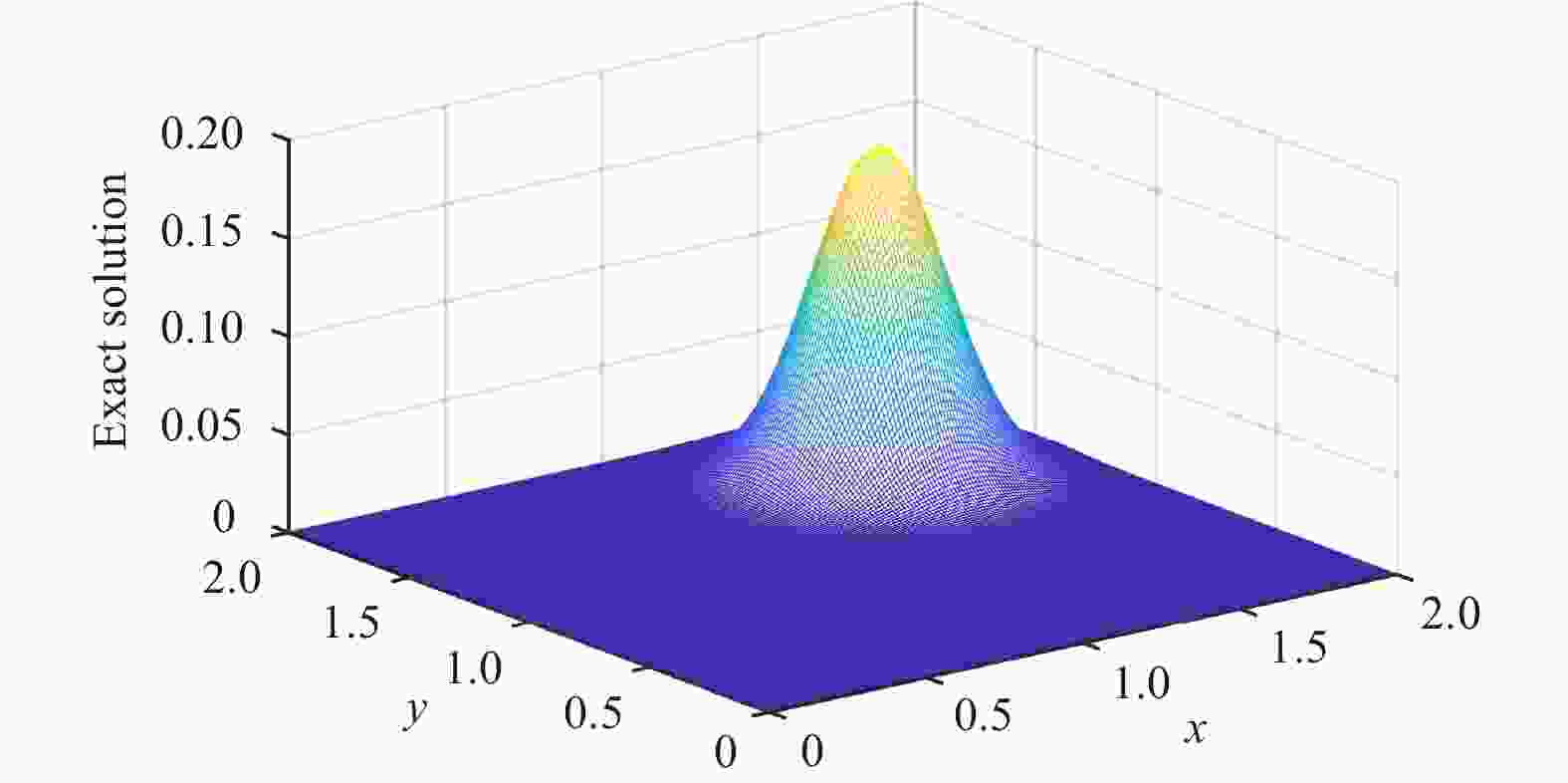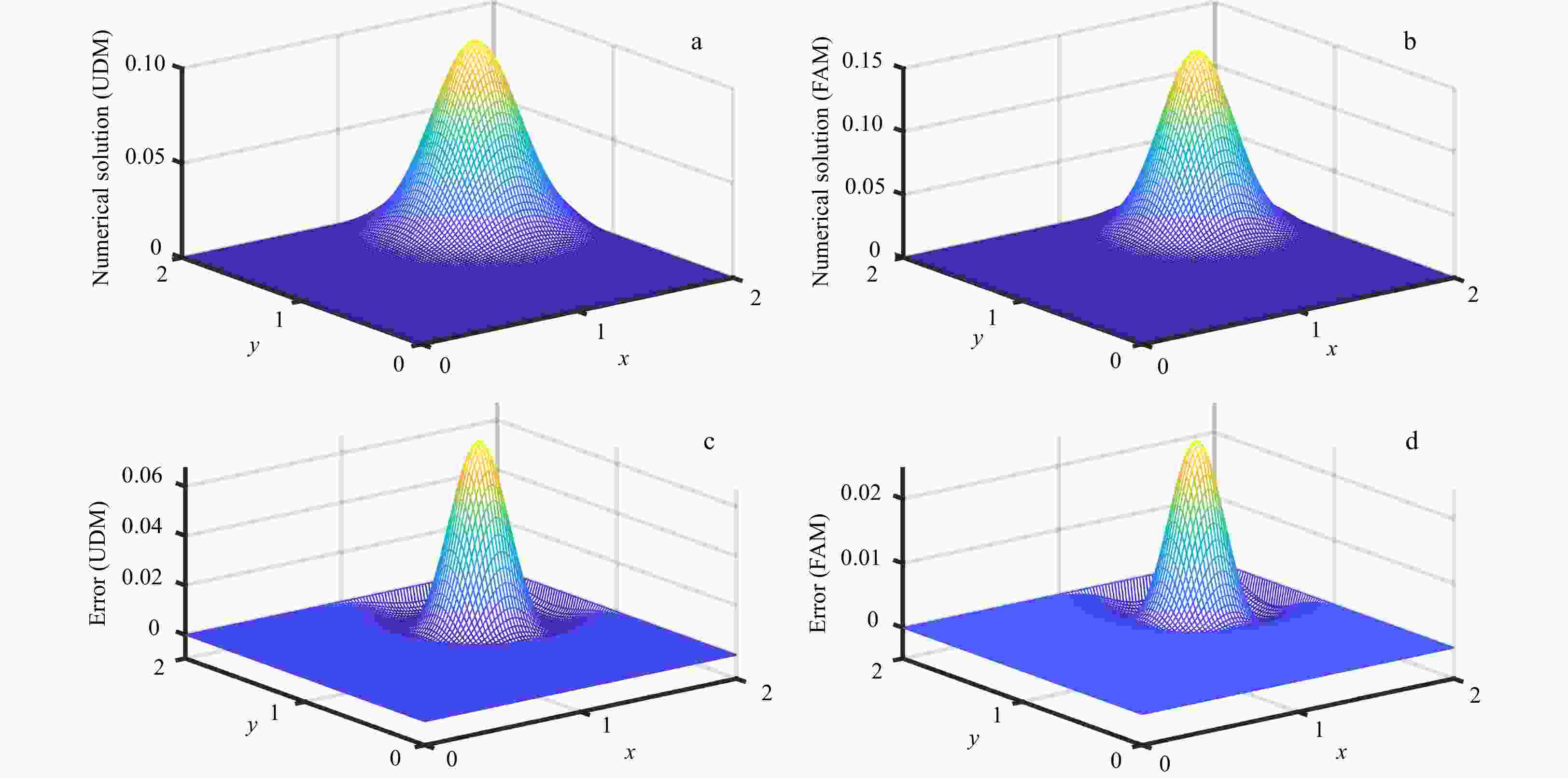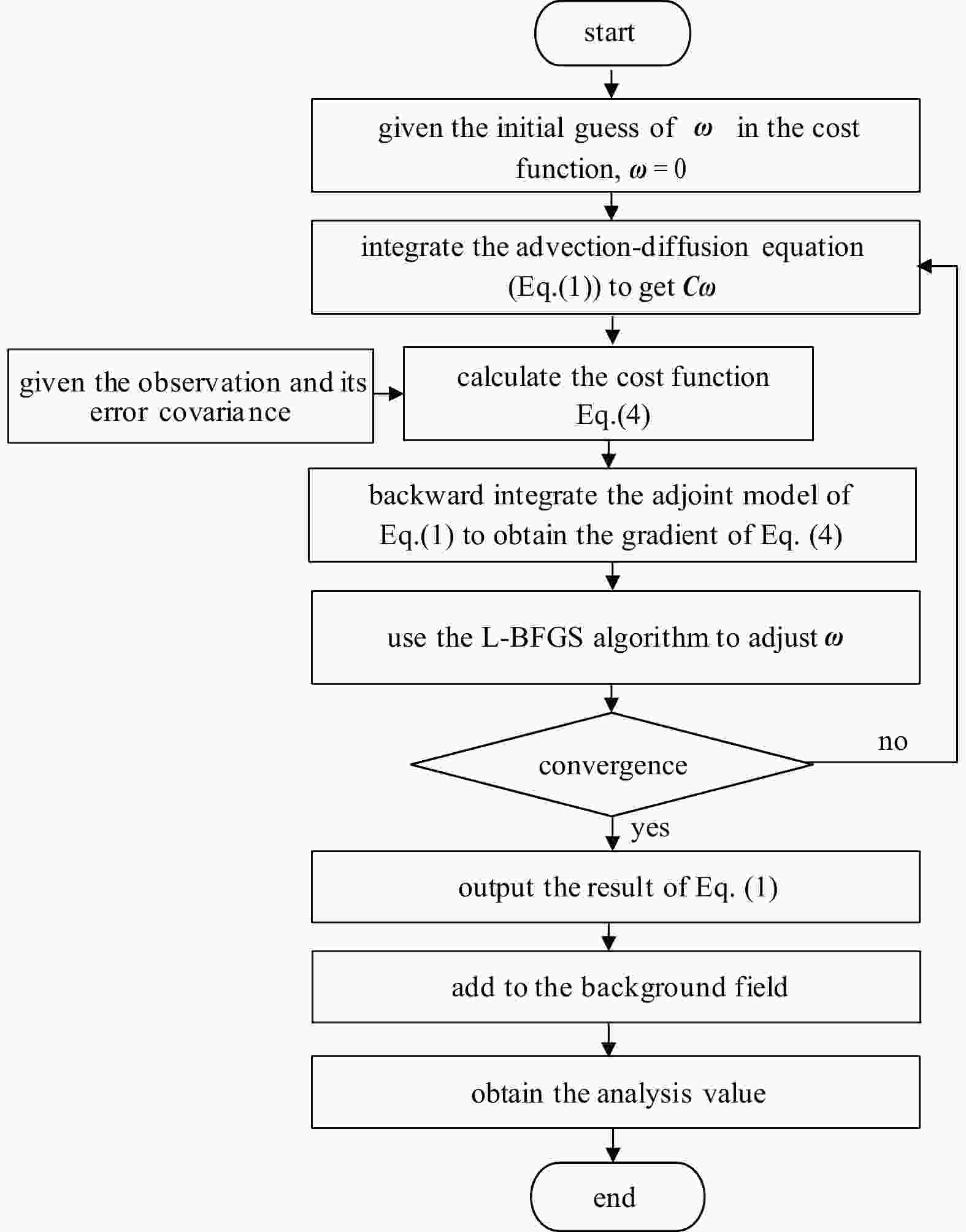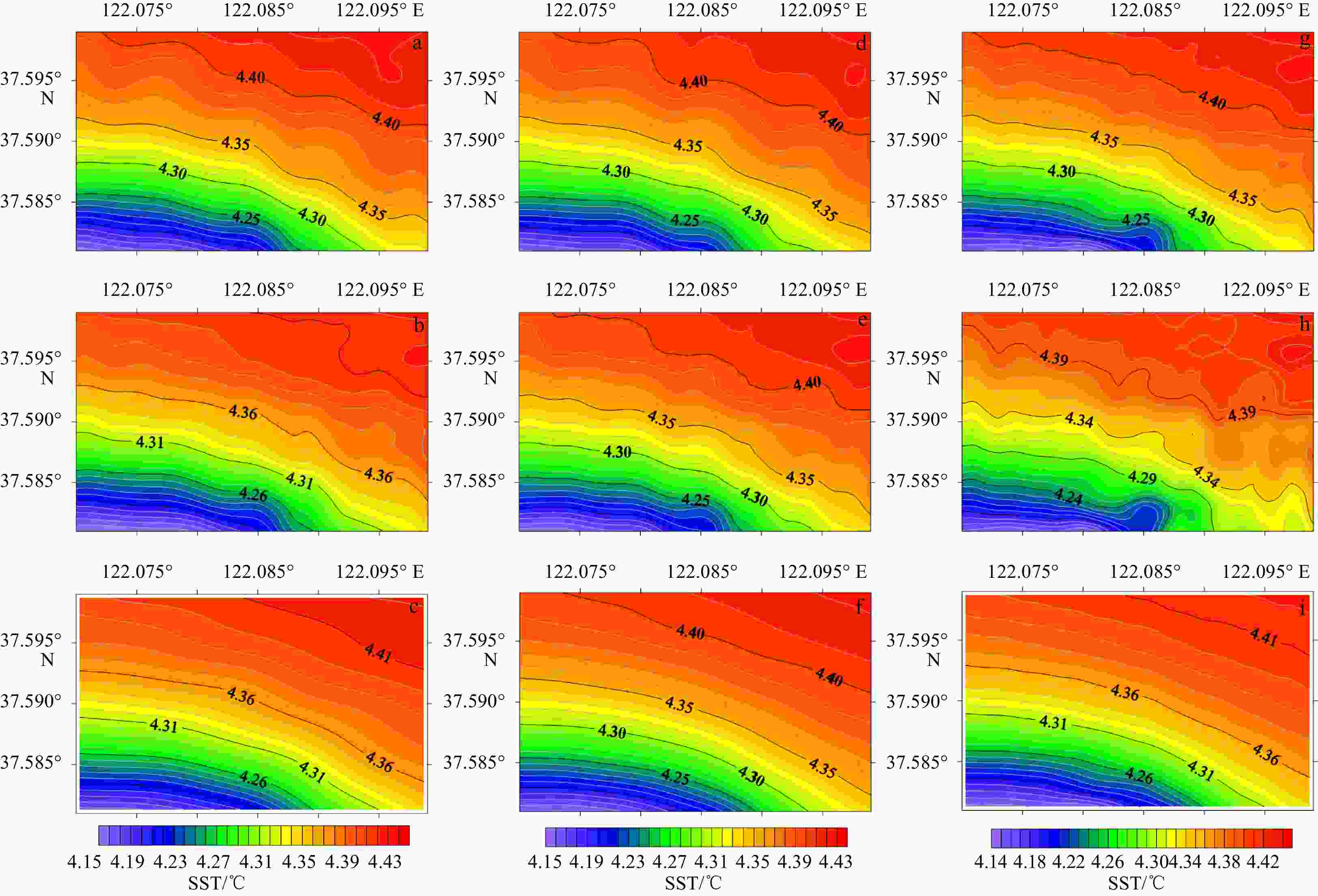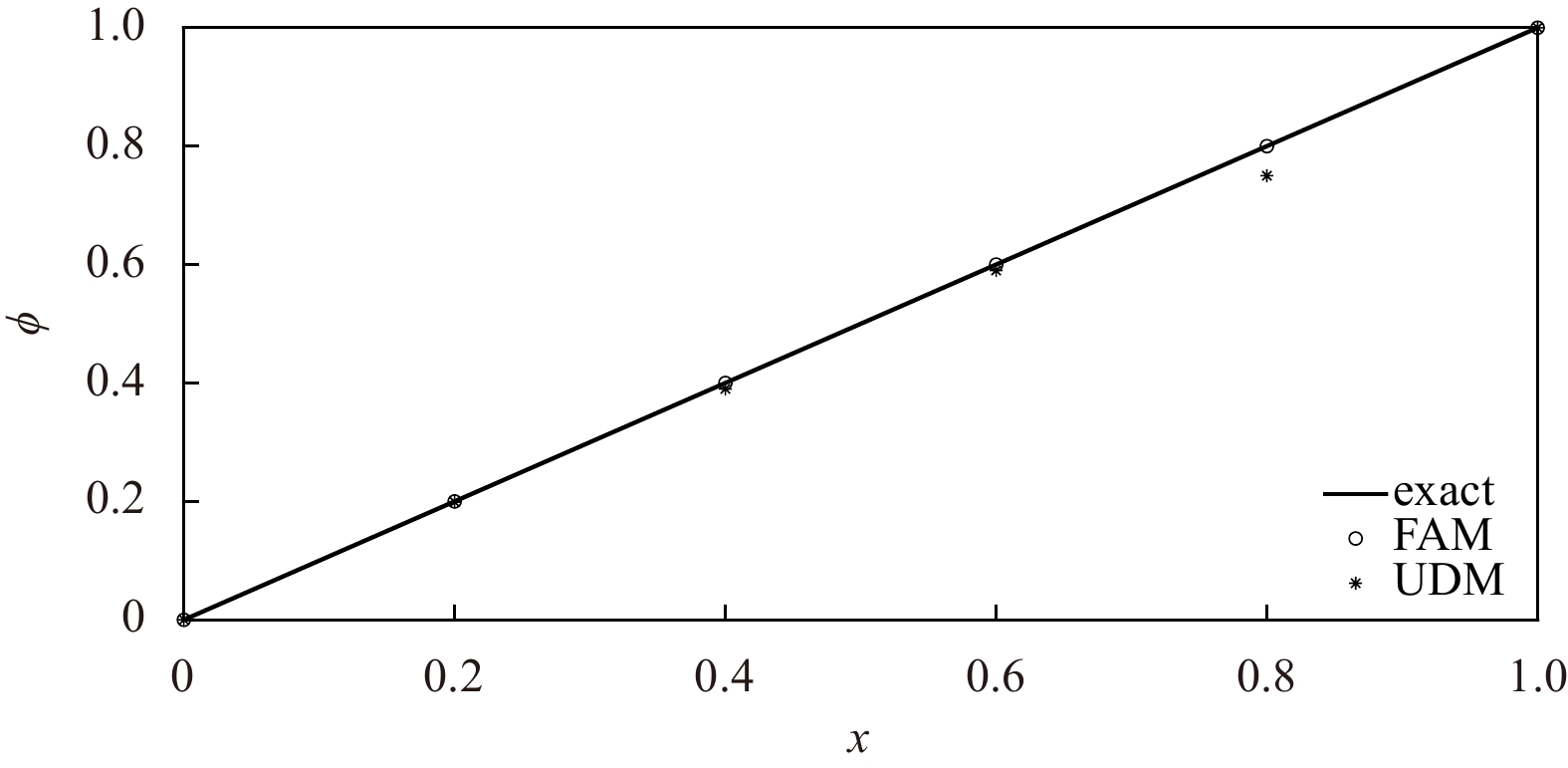Application of the finite analytic numerical method to a flow-dependent variational data assimilation
-
Abstract: An anisotropic diffusion filter can be used to model a flow-dependent background error covariance matrix, which can be achieved by solving the advection-diffusion equation. Because of the directionality of the advection term, the discrete method needs to be chosen very carefully. The finite analytic method is an alternative scheme to solve the advection-diffusion equation. As a combination of analytical and numerical methods, it not only has high calculation accuracy but also holds the characteristic of the auto upwind. To demonstrate its ability, the one-dimensional steady and unsteady advection-diffusion equation numerical examples are respectively solved by the finite analytic method. The more widely used upwind difference method is used as a control approach. The result indicates that the finite analytic method has higher accuracy than the upwind difference method. For the two-dimensional case, the finite analytic method still has a better performance. In the three-dimensional variational assimilation experiment, the finite analytic method can effectively improve analysis field accuracy, and its effect is significantly better than the upwind difference and the central difference method. Moreover, it is still a more effective solution method in the strong flow region where the advective-diffusion filter performs most prominently.
-
Figure 13. The analyzed sea surface temperature (SST) fields with the upwind difference method (a, d, and g), the central difference method (b, e, and h), and the finite analytic method (c, f, and i), where the diffusion coefficient in the left is 0.8, that in the middle is 0.6, and that in the right is 0.2.
-
Blumberg A F, Mellor G L. 1987. A description of a three-dimensional coastal ocean circulation model. In: Heaps N S, ed. Three-Dimensional Coastal Ocean Models, Volume 4. Washington, DC: American Geophysical Union, 1–16 Chen C J, Sheikholeslami M Z, Bhiladvala R B. 1989. Finite analytic numerical method for two-point boundary value problems of ordinary differential equations. Computer Methods in Applied Mechanics & Engineering, 75(1–3): 61–76 Courant R, Isaacson E, Rees M. 1952. On the solution of nonlinear hyperbolic differential equations by finite differences. Communications on Pure & Applied Mathematics, 5(3): 243–255, doi: 10.1002/cpa.3160050303 Courtier P. 1997. Variational methods. Journal of the Meteorological Society of Japan, 75(1B): 211–218 Derber J, Rosati A. 1989. A global oceanic data assimilation system. Journal of Physical Oceanography, 19(9): 1333–1347, doi: 10.1175/1520-0485(1989)019<1333:AGODAS>2.0.CO;2 Douglas J Jr, Russell T F. 1982. Numerical methods for convection-dominated diffusion problems based on combining the method of characteristics with finite element or finite difference procedures. Siam Journal on Numerical Analysis, 19(5): 871–885, doi: 10.1137/0719063 Du Zhengping, Liu Xiaoyu, Lu Jinfu. 2000. Quadratic monotone interpolation characteristic difference method for convection-diffusion equation. Journal of Tsinghua University (Science and Technology) (in Chinese), 40(11): 1–4 Eymard R, Gallouët T, Herbin R. 2000. Finite volume methods. In: Ciarlet P G, Lions J L, eds. Handbook of Numerical Analysis. Amsterdam: Elsevier, 7: 713–1018 Ezer T, Mellor G L. 2004. A generalized coordinate ocean model and a comparison of the bottom boundary layer dynamics in terrain-following and in z-level grids. Ocean Modelling, 6(3/4): 379–403, doi: 10.1016/S1463-5003(03)00026-X Feng Minquan, Zheng Bangmin. 2006. Auto up-wind and skew up-wind numerical solution method of 2D convection-diffusion equation under high reynolds number. Journal of Sichuan University (Engineering Science Edition) (in Chinese), 38(6): 18–23 Giering R, Kaminski T. 1998. Recipes for adjoint code construction. ACM Transactions on Mathematical Software, 24(4): 437–474, doi: 10.1145/293686.293695 Han Guijun, Fu Hongli, Zhang Xuefeng, et al. 2013. A global ocean reanalysis product in the China Ocean Reanalysis (CORA) project. Advances in Atmospheric Sciences, 30(6): 1621–1631, doi: 10.1007/s00376-013-2198-9 Hascoёt L, Pascual V. 2004. TAPENADE 2.1 User’s Guide. France: National Institute for Research in Computer Science and Control He Zhongjie, Xie Yuanfu, Li Wei, et al. 2008. Application of the sequential three-dimensional variational method to assimilating SST in a global ocean model. Journal of Atmospheric & Oceanic Technology, 25(6): 1018–1033, doi: 10.1175/2007JTECHO540.1 Hu Yan, Zhang Xuefeng, Li Dong, et al. 2023. Anisotropic diffusion filters for flow-dependent variational data assimilation of sea surface temperature. Ocean Modelling, 184: 102233, doi: 10.1016/j.ocemod.2023.102233 Li Dong, Wang Xidong, Zhang Xuefeng, et al. 2011. Multi-scale 3D-VAR based on diffusion filter. Marine Science Bulletin (in Chinese), 30(2): 164–171 Liu D C, Nocedal J. 1989. On the limited memory BFGS method for large scale optimization. Mathematical Programming, 45(1): 503–528, doi: 10.1007/BF01589116 Mellor G L. 2002. Users Guide for A Three-Dimensional, Primitive Equation, Numerical Ocean Model. Princeton: Princeton University Mellor G L, Häkkinen S M, Ezer T, et al. 2002. A generalization of a sigma coordinate ocean model and an intercomparison of model vertical grids. In: Pinardi N, Woods J, eds. Ocean Forecasting: Conceptual Basis and Applications. Heidelberg: Springer, 55–72, doi: 10.1007/978-3-662-22648-3_4 Nassehi V, King S A. 1991. Finite element methods for the convection diffusion equation. International Journal of Engineering, 4(3): 93–100 Rigal A. 1989. Numerical analysis of two-level finite difference schemes for unsteady diffusion–convection problems. International Journal for Numerical Methods in Engineering, 28(5): 1001–1021, doi: 10.1002/nme.1620280503 Tao Wenquan. 2001. Numerical Heat Transfer (in Chinese). 2nd ed. Xi’an: Xi’an Jiaotong University Press, 135–176 Wang Yanfeng, Liu Zhifeng, Wang Xiaohong. 2014. Finite analytic numerical method for three-dimensional fluid flow in heterogeneous porous media. Journal of Computational Physics, 278: 169–181, doi: 10.1016/j.jcp.2014.08.026 Weaver A, Courtier P. 2001. Correlation modelling on the sphere using a generalized diffusion equation. Quarterly Journal of the Royal Meteorological Society, 127(575): 1815–1846, doi: 10.1002/qj.49712757518 Weaver A T, Chrust M, Ménétrier B, et al. 2021. An evaluation of methods for normalizing diffusion-based covariance operators in variational data assimilation. Quarterly Journal of the Royal Meteorological Society, 147(734): 289–320, doi: 10.1002/qj.3918 Weaver A T, Mirouze I. 2013. On the diffusion equation and its application to isotropic and anisotropic correlation modelling in variational assimilation. Quarterly Journal of the Royal Meteorological Society, 139(670): 242–260, doi: 10.1002/qj.1955 Weaver A T, Tshimanga J, Piacentini A. 2016. Correlation operators based on an implicitly formulated diffusion equation solved with the Chebyshev iteration. Quarterly Journal of the Royal Meteorological Society, 142(694): 455–471, doi: 10.1002/qj.2664 Xie Yuanfu, Koch S, Mcginley J, et al. 2011. A space-time multiscale analysis system: A sequential variational analysis approach. Monthly Weather Review, 139(4): 1224–1240, doi: 10.1175/2010MWR3338.1 Yan Chao. 2006. Computational Fluid Mechanics Methods and Applications (in Chinese). Beijing: Beijing University of Aeronautics and Astronautics Press, 1–266 Zhang Xuefeng, Li Dong, Chu P C, et al. 2015. Diffusion filters for variational data assimilation of sea surface temperature in an intermediate climate model. Advances in Meteorology, 2015: 751404, doi: 10.1155/2015/751404 -




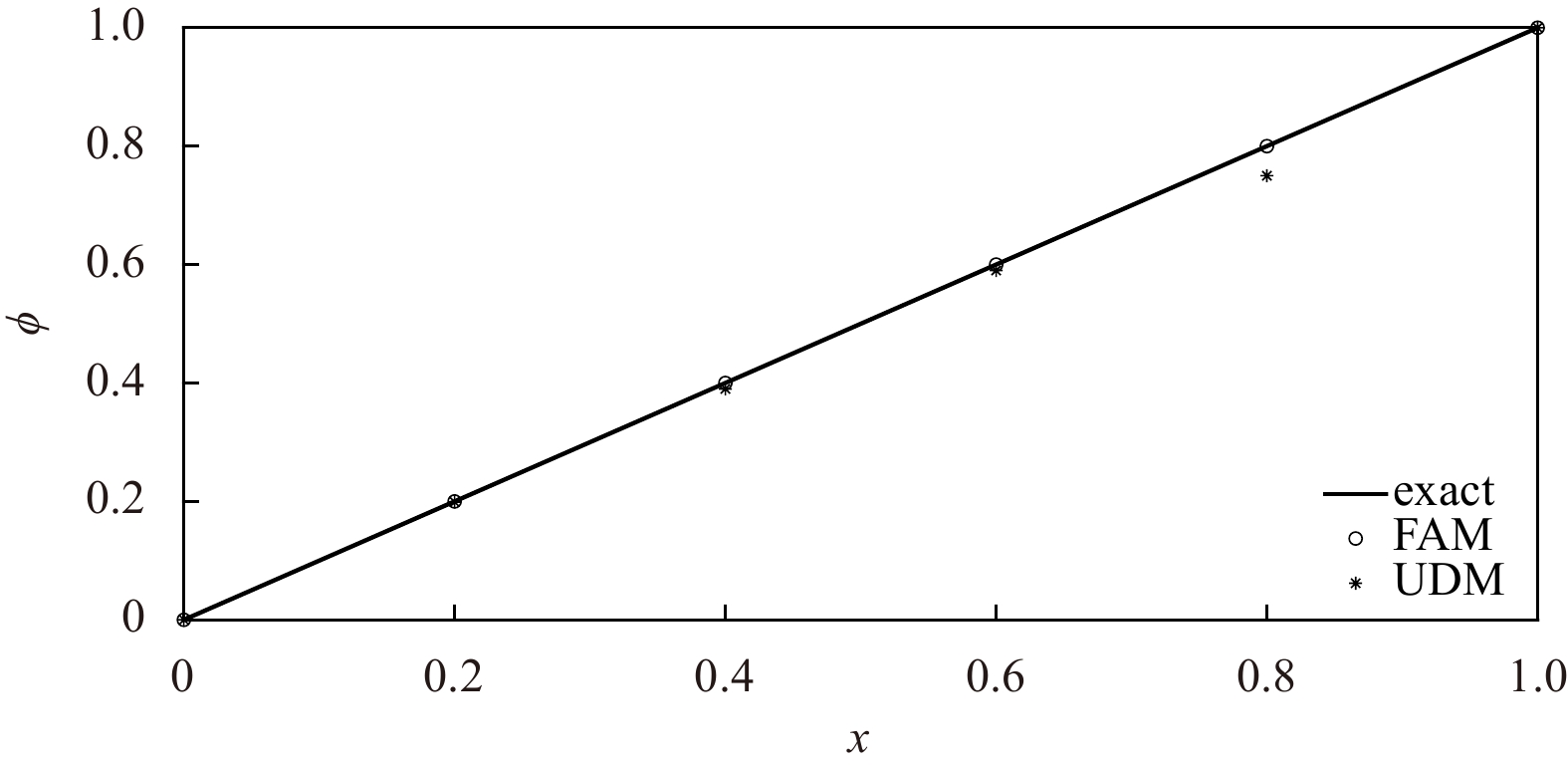
 下载:
下载:



